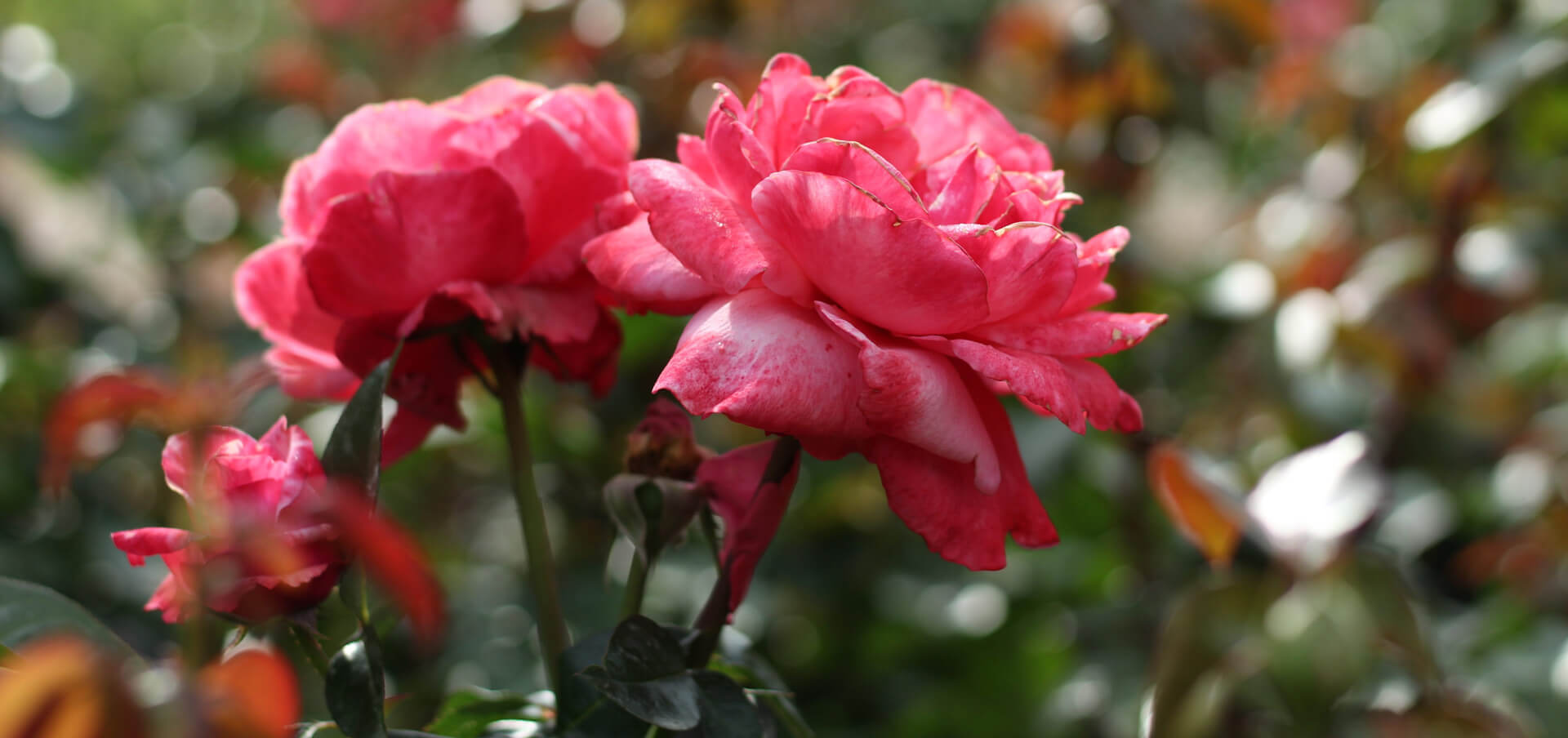In 1870 the author of “Rustic Adornments for Homes of Taste,” advised his readers that “summer houses of some sort are desirable and indeed almost necessary features in gardens of all dimensions and styles.”
By definition, a summer house is a free-standing structure in a garden that provides shelter from the sun or rain. They may be found in both public and private gardens. As early as 1696 a summer house was included in the plans for the public grounds of both Annapolis, MD and Williamsburg, VA, but the idea goes back much further.
There is evidence that both the ancient Egyptians and Romans constructed summer houses as a shelter and place of rest as well as for outdoor social gatherings. In medieval Europe, simple wooden structures with thatched roofs offered shade in gardens.
During the 17th and 18th centuries the idea took off in English garden design and the terms summer house, temple or pavilion became interchangeable and were found in the great estates of the day. And by the Victorian era, Americans used the terms gazebos, belvederes, kiosques or covered seats to convey the same idea.
With this long history of summer houses as an important part of a garden, it comes as no surprise that architect George Rogers included one in his original plans for Belle Camp. His use of salvaged “iron lace” echoes the design of the Bellingrath Home.
He placed it behind Mirror Lake where it is approached by a series of flagstone steps. While providing protection from the rain or the sun it also offers both a termination of a view as well as offering a view down to the lake. Any visitor to Bellingrath Gardens caught in one of Mobile’s frequent summer showers has been happy to have found it.
As it approaches its centennial, the Bellingrath Summer House is being restored and will begin its second century as a welcomed respite for our visitors.


